Tap vs. Filtered Water: Everything You Need to Know
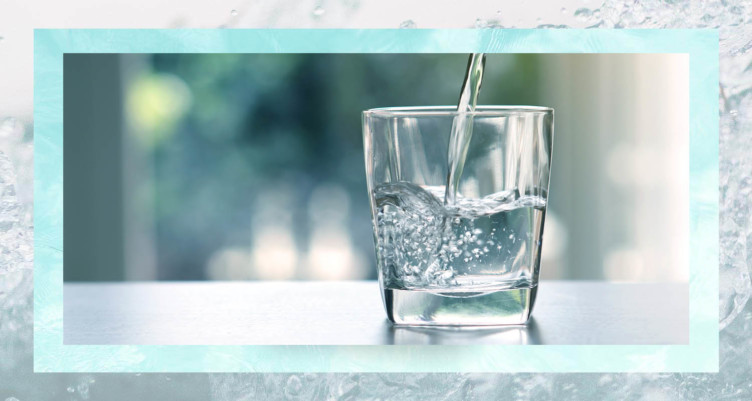
- Switching to filtered water is one of the simplest and most effective ways to upgrade your performance.
- Tap water contains fluoride that alters your thyroid hormones, even at the concentrations found in drinking water. It also contains chlorine at high enough levels to be carcinogenic.
- About 30% of U.S. drinking water also runs through lead plumbing, which leaches lead into drinking water.
- You have several excellent options for filtering your water, starting from under $50.
The best ways to improve your life often come from humble beginnings. Modest changes in your day-to-day routine can have profound effects on your performance over time.
Water is a great example. You’ll drink water every day for the rest of your life, so it’s worthwhile to make sure it’s free of pollutants. Switching to filtered water is one of the simplest and most effective ways you can upgrade your performance. In an interview with Bulletproof, pediatrician Michelle Perro ranked filtered water as her number one biohack for a better life.
“If you’re a normal human who just wants to feel better, there are a couple things out there,” Perro says. “Eat organic the best you can, and add a water filter the best you can.” Those two simple changes can have a surprising impact on how you feel.
The best option is to drink mineral water bottled in glass because it’s rich in beneficial sulfates. But mineral water can be pricey, and that’s where filtered water comes in.
Filtering your water doesn’t have to be expensive; even a basic activated charcoal filter can make a major difference in the quality of the water you drink every day. Here’s why you should filter your water, plus a list of the best types of water filters on the market, at every price point.
What’s in tap water, anyway?
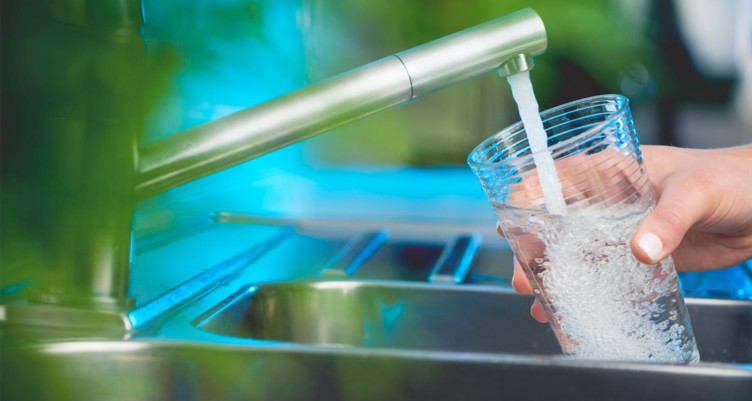
Tap water has improved a lot in recent years. The U.S. government has updated its guidelines for tap water pollutants, and to its credit, risk of bacteria and infections from tap water is quite low.[1]
Still, the chemicals that sanitize tap water have issues, and as outdated plumbing corrodes, it’s getting harder and harder for the Environmental Protection Agency (EPA) to meet their own standards. In 2015, 7 percent of U.S. citizens relied on public tap water that violated EPA safety limits,[2] and even tap water within EPA guidelines has a few troubling compounds in it.
Here’s what you need to know about what’s in your tap water:
Fluoride
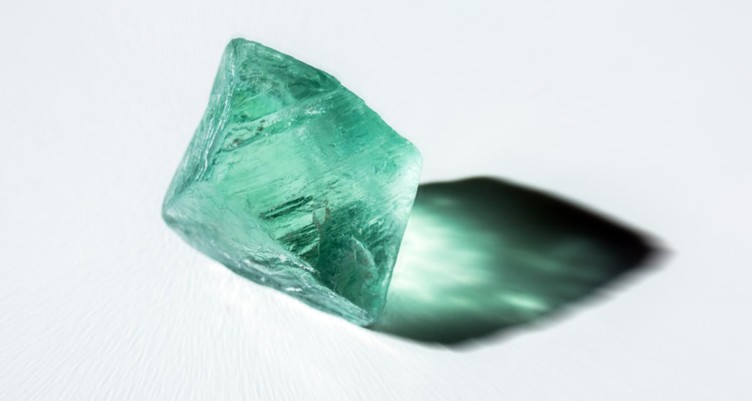
The common argument against fluoride is that it’s a neurotoxin, which means it damages brain function. Technically, that’s true. Fluoride is a neurotoxin at high doses,[3] and high fluoride content in water correlates with an up to seven-point decrease in IQ.[4]
However, the the US Public Health Service (PHS) lists the maximum amount of fluoride allowed in U.S. drinking water from 1.2 mg/L to 0.7 mg/L, largely because of studies like those above.[5] As with many toxins, the devil is in the dose, and the PHS’s current fluoride limits appear to be within a safer range for neurotoxicity.[6]
The bigger concern with fluoride is its effect on your thyroid. Fluoride significantly disrupts thyroid hormone production, even at less than half the maximum concentration allowed in drinking water.[7][8]
Lead
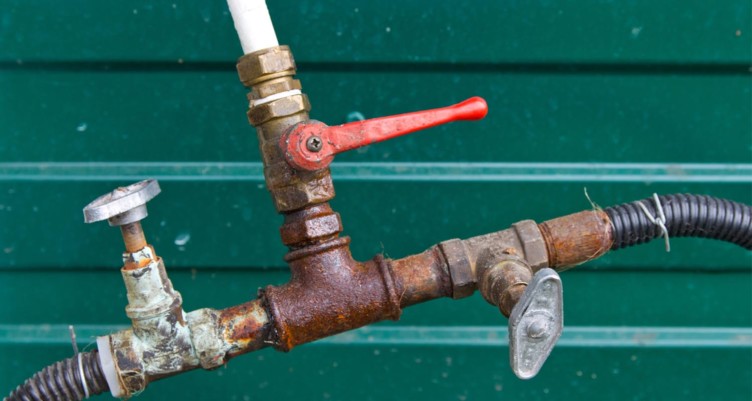
Another major concern with tap water is lead contamination.
Roughly 30% of plumbing infrastructure in the U.S. contains lead piping, lead service lines, or lead plumbing components, many of which are over 50 years old.[9] According to a nationwide study from the Center for Disease Control (CDC), “lead leaches into tap water through the corrosion of plumbing” as out-of-date lead pipes and components start to break down.
Lead-contaminated drinking water is bad news for your health: it shows up in people’s blood[10] at high enough concentrations to affect liver function, fertility, and more, especially over time.[11]
The government is in a bit of a bind, because switching out lead pipes for copper ones knocks lead loose into the water supply, increasing lead levels in drinking water.[12]
Chlorine/chloramine
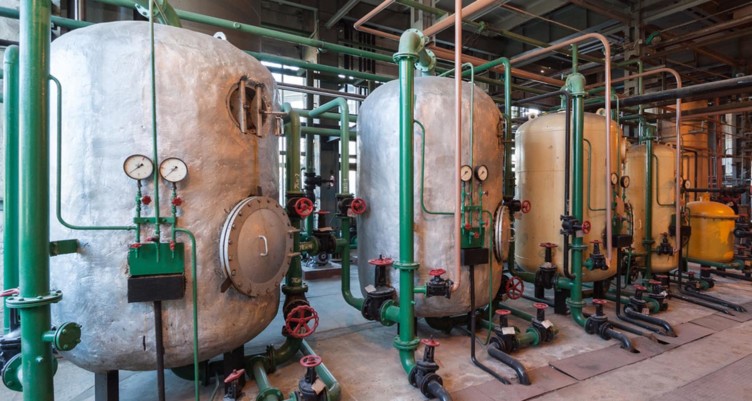
The government still sanitizes water with chlorine, despite several large-scale studies that link chlorinated water to bladder and colorectal cancer.[13][14][15][16]
Some areas are trading out chlorine for chloramine. Chloramine kills pathogens like chlorine and is not harmful in small amounts.[17]
Chloramine can corrodes lead, which may cause issues with older pipes. In 2000, Washington, D.C. switched to chloramine to sanitize their tap water. Chloramine corroded outdated lead piping and caused massive lead contamination. The result was a 4-year health crisis in which hundreds of people got bad enough lead poisoning to cause permanent IQ loss.[18] In 2010, a paper came out saying that the lead contamination still hadn’t been fixed, and attempting to remove lead plumbing may have made D.C.’s drinking water even worse.[19]
The takeaway here? It’s worth your time to filter your tap water.
The best water filters for every budget
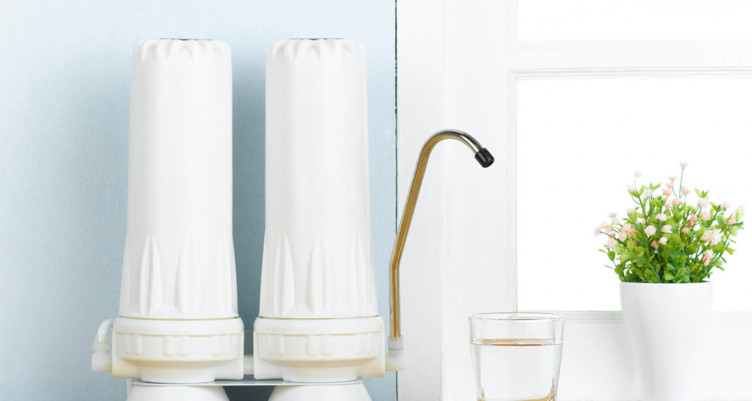
You have several options when it comes to water filters.
Pro tip: the National Sanitation Foundation (NSF) tests water filters of all kinds for their ability to filter lead and chlorine. You can use the NSF water filter database to check and see how well a model you’re considering performs.
Here are a few ways to filter your water, as well as top picks:
Countertop filter pitcher (<$50)
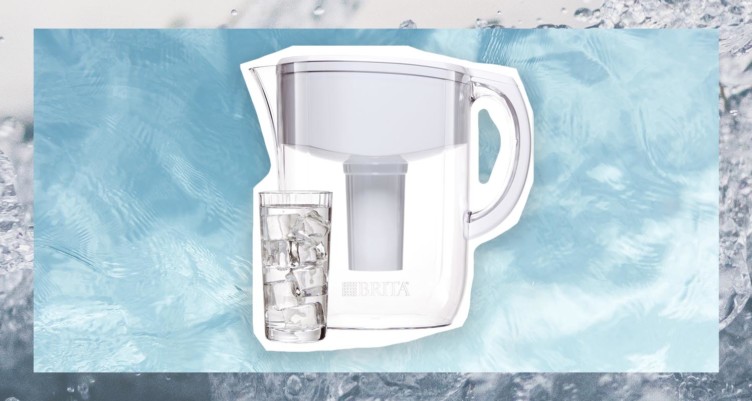
This is your basic water filter. You pour tap water in the top, it goes through a block of activated charcoal and other filtration compounds, and it comes out purified and ready for you to drink. But not all filter pitchers remove lead and chlorine. One of the best NSF-certified options is a basic Brita pitcher with a Longlast filter. The filter removes 97% of chlorine and 99% of lead, according to NSF.
Faucet carbon filter (<$50)
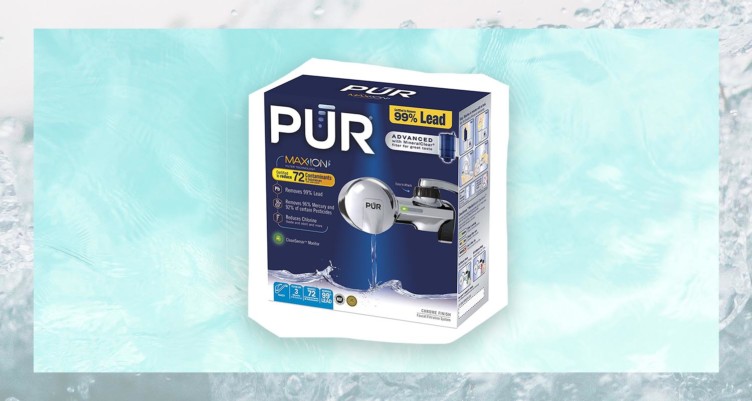
You can also attach a carbon filter onto your faucet. This one filters both lead and chlorine.
Whole house carbon block filter ($300-$400, plus installation)

You can also get a larger block of activated charcoal and use it to filter your entire house, including your showers and faucets. If you’re handy, you can even install it yourself. You just reroute the water line coming in your house through the filter and reconnect it to your house on the other side. Whole house carbon block filters are still relatively inexpensive and each block lasts several months. This option is NSF certified for lead, chlorine, pesticides, and more.
Reverse osmosis filter ($400-$1500)
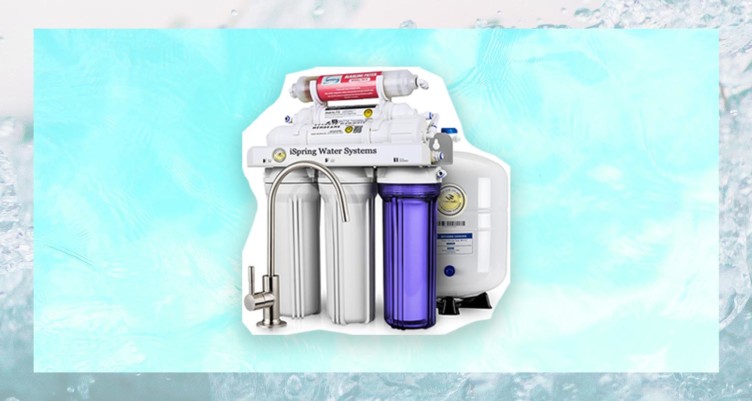
Reverse osmosis filters are the gold standard for water filtration.[20] They take just about everything damaging out of your water, and you only have to change them a couple times a year.
The downside is that reverse osmosis wastes a lot of water. It pushes tap water through a filter and then stores the purified water in a reserve for you to drink. But as the reserve fills, pressure in the system increases, meaning less and less water makes it through the membrane, and instead gets diverted as waste water. Most reverse osmosis systems are around 20% efficient: you get 5 gallons of wastewater for every gallon of filtered water.[21]
You may want to choose another option from this list if you live in a drought-prone place or are otherwise worried about wasting water. You can get an under-sink reverse osmosis filter for less than $200 or a whole-house reverse osmosis filter for $2000-6,0000.
Sign up for early access to sales, product launches, the latest Bulletproof news and more!



